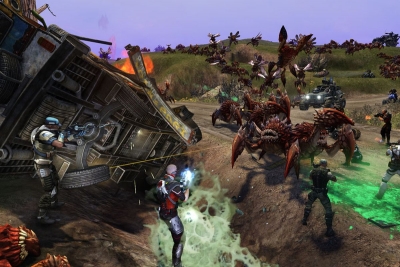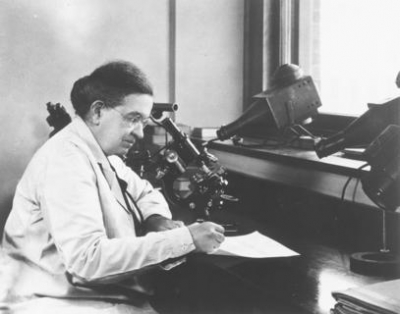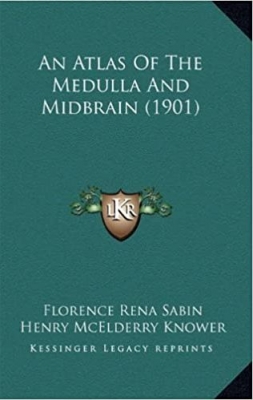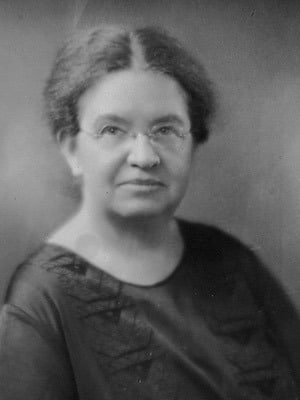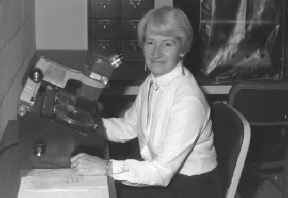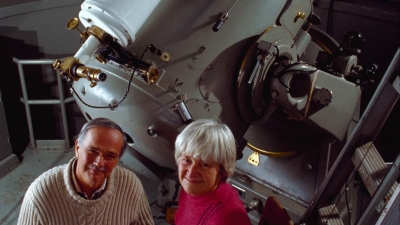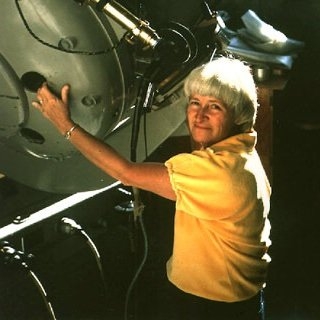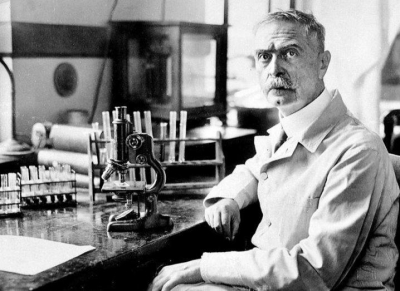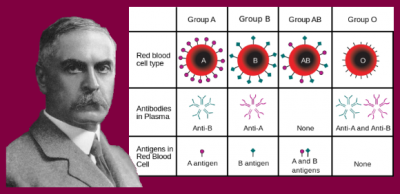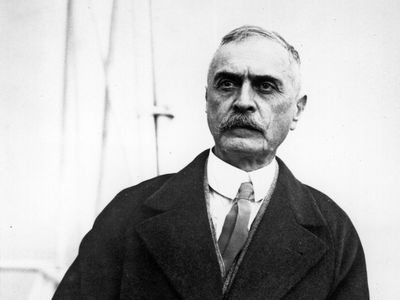Which are some outlandish proposals from brave thinkers?

Rain, Rain, sulphur rain!
Volcanoes are mean they devastate a large area whenever they erupt. But the after-effects can sometimes be useful, like reducing the effects of global warming, at least momentarily. A few scientists have actually suggested an artificial volcano as the solution for soaring temperatures around the world. It's not a fake volcano that they have in mind, thankfully. However, the idea is equally odd - releasing sulphuric acid into the atmosphere with the help of jet planes. It's not clear how dangerous this could be and opponents believe it would be like trying to spray perfume on a skunk!
Lighting up the moon
We're all aware that we have been overusing electricity, day and night. A few experts believe that a really bright moon is all that we need to make us switch off the lights at night. This does sound awesome especially since everyone around the world can benefit from it. But the good scientists have not discussed how they plan to light up the moon. Or for that matter if the cost involved in this project could put all the countries in permanent debt.
Just making a mountain or two
Arid, dry countries in the Middle East lack one thing that prevents them from enjoying good rainfall - a mountain. Mountains help in the formation of clouds and stimulate rain. A team of scientists believe that a man made mountain is all that is needed to tackle this problem - easy peasy! But there's just one small issue: where do you get all the raw materials to build one?
A unique way to beat the heat
With so many suggestions to tackle global warming and the sun's scorching heat, a suggestion from a team of Scottish scientists really takes the cake! A dust cloud can effectively block the sun's heat for some time and lower global temperature. And the best way to get the quantity of dust we need for this project is to capture an asteroid and bring it close enough to do the trick. Of course, one must make sure to blast it quickly, before it starts descending towards the Earth!
Dedicated to world peace
Solving world problems and addressing climate change can be accomplished by doing one simple thing. Just fuse all the continents on Earth into one gigantic super continent! According to Jonathan Keats, an experimental philosopher, this seemingly tough task can be achieved by tweaking the planet's tectonic plates using the latest geoengineering methods. Keats seems serious about this idea, because he's established a political tectonics lab that specializes in political geoengineering. Of course, we're working under the assumption that coming closer together will solve all our tensions!
Let's protect our glaciers
Glaciers are one of the biggest sources of fresh water, but unfortunately they've been melting at an alarming rate. If this continues, many coastal cities would get submerged in a matter of decades. A glaciologist suggests wrapping up the glaciers with huge reflective blankets. That could create a new market for mass manufacture of blankets too, right? That's two benefits from one idea.
Picture Credit : Google
